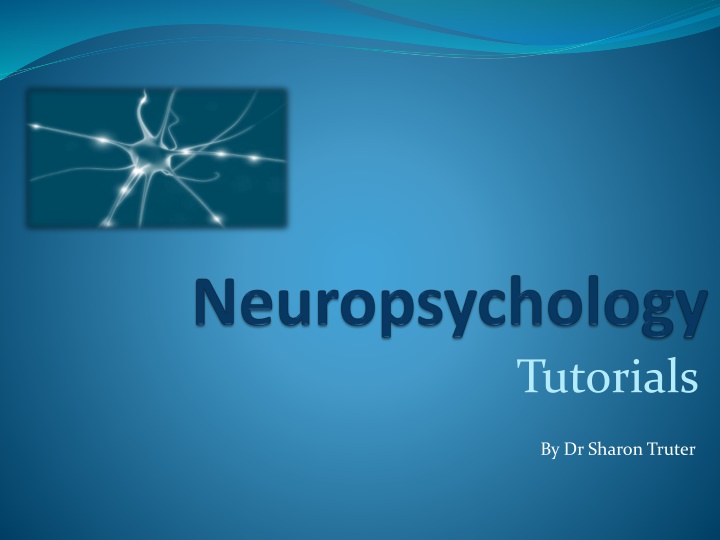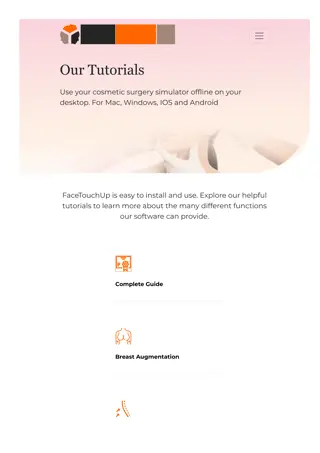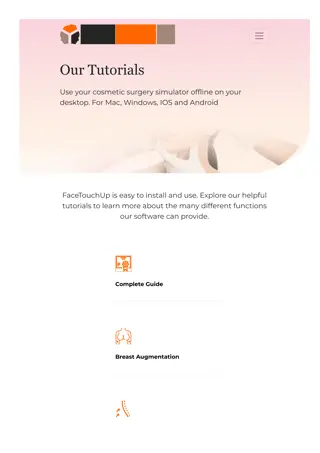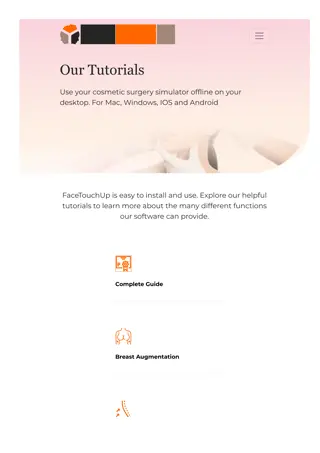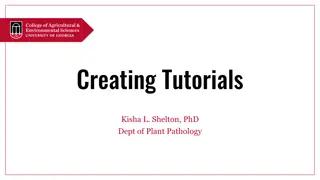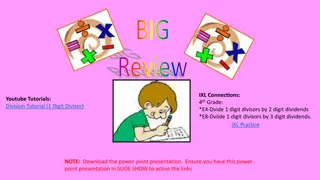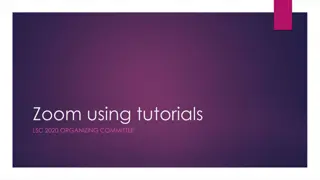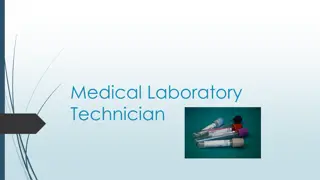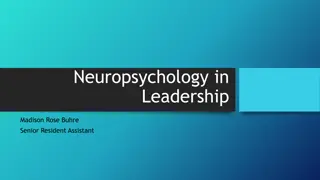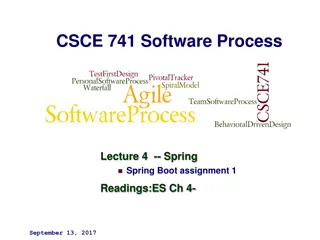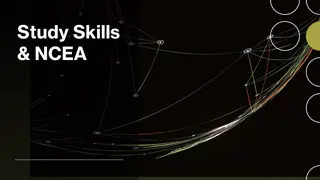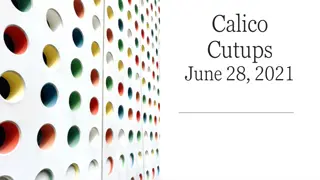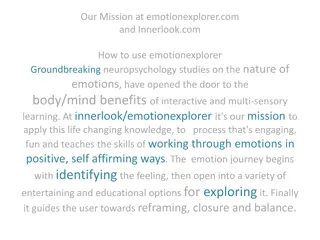Neuropsychology Tutorials and Study Tips by Dr. Sharon Truter
Dive into the world of neuropsychology with tutorials by Dr. Sharon Truter. These insightful sessions cover anatomy, pathology, and essential aspects for aspiring neuropsychologists. Receive expert guidance, study tips, and valuable resources to excel in your SACNA exam. Explore the fascinating realm of the skull, meninges, and blood supply as you enhance your understanding of neuroanatomy. Connect with study groups and access additional information on SACNA and NeuropsychologySA. Start your learning journey today!
Download Presentation

Please find below an Image/Link to download the presentation.
The content on the website is provided AS IS for your information and personal use only. It may not be sold, licensed, or shared on other websites without obtaining consent from the author.If you encounter any issues during the download, it is possible that the publisher has removed the file from their server.
You are allowed to download the files provided on this website for personal or commercial use, subject to the condition that they are used lawfully. All files are the property of their respective owners.
The content on the website is provided AS IS for your information and personal use only. It may not be sold, licensed, or shared on other websites without obtaining consent from the author.
E N D
Presentation Transcript
Tutorials By Dr Sharon Truter
To the Tutorials By Dr Sharon Truter
What to expect from the Tutorials What to expect from these tutorials Outlines, structure, guided reading, explanations, mnemonics Begin with anatomy. Final tutorial: Articles and aspects important for practicing as a neuropsychologist but not part of required learning for exam (court work & working with other disciplines) Pathology covered with anatomy Reading to be received after each tutorial
Additional Information What is SACNA? What is NeuropsychologySA? The SACNA exam Cost Dates of exams Associate membership Contact Frances Hemp for more information: franhemp@yebo.co.za Additional information Linked-In group Study groups Contact me regarding questions
Study Tips 15 Hours a week of study. Start with Kolb. Anatomy of Lezak: Use as revision. Laminate pg. 53 of Kolb book. Make use of Latin and Greek references on website Latin and Greek for Neuropsychologists: Part 1 Neuroanatomy Latin and Greek for Neuropsychologists: Part 2 Neuroanatomy Read: Sage advice from Successful SACNA Examinees Summaries available: Didi at creativepromotions@webmail.co.za.
The Skull, Meninges and Blood Supply By Dr Sharon Truter
Pathology: Base of Skull/Basilar Fracture Typically involving the temporal bone, occipital bone, sphenoid bone, and/orethmoid bone. Also anterior bones. Such fractures can cause tears in the meninges, with resultant leakage of the cerebrospinal fluid (CSF). CSF may dribble out through a perforated eardrum (CSF otorrhea), into the nasopharynx (causing a salty taste), or drip from the nose (CSF rhinorrhea) Battles Sign Bilateral Raccoon eyes
Base of Skull Fracture Battle s sign (William Henry Battle) Bilateral raccoon eyes
Pathology: Meningitis Inflammation of meninges (-itis = inflammation) Caused by viruses, bacteria or other micro organisms. Common symptoms: Headache Neck stiffness Fever Confusion or altered consciousness, Vomiting Photophobia and phonophobia A lumbar puncture diagnoses. Meningitis can lead to serious long-term consequences such as: deafness, epilepsy, hydrocephalus and cognitive deficits
Pathology: Epidural and Subdural Haematoma
Pathology: Subarachnoid haemorrhage Scalp Haematoma
Scalp Haemtoma Occur on the outside of the skull between the bone and the skin of the scalp. There are numerous layers to the scalp and the hematoma may be located in any of those layers. While a scalp hematoma cannot press on the brain and cause symptoms, it is a signal that a head injury has occurred and there may also be underlying brain injury. This is especially true for neonates and infants.
Arteries and Veins Arteries Veins
Cerebral Arteries Anterior Cerebral Artery Posterior Cerebral Artery Middle Cerebral Artery
Blood Flow ACA = Anterior cerebral artery MCA = Middle Cerebral Artery PCA = Posterior Cerebral Artery
Circle of Willis Made up of: Anterior cerebral artery (left and right). Anterior communicating artery. Internal carotid artery (left and right). Posterior cerebral artery (left and right). Posterior communicating artery (left and right).
Circle of Willis The basilar artery and middle cerebral arteries, supplying the brain, are not considered part of the circle. If one part of the circle becomes blocked or narrowed (stenosed) or one of the arteries supplying the circle is blocked or narrowed, blood flow from the other blood vessels can often preserve the cerebral perfusion well enough to avoid the symptoms of ischemia.
Pathology of the Arteries and Veins Cerebral ischemia (stroke). Thrombosis: blood clot in vessel. Embolism: blood clot from larger vessel forced into a smaller one. Reduction in blood flow: cerebral arteriosclerosis. Transient ischemia. Cerebral haemorrhage (bleeding). Angioma: Congenital collections of abnormal vessels that divert normal blood flow. Aneurisms: Vascular dilations from localised defects in the elasticity of the vessels.
Pathology: Stroke A sudden appearance of neurological symptoms as a result of severe interruption of blood flow.
Angiography A substance that absorbs X-rays is injected into the blood stream.
Pathology: Headaches Headaches Pain caused by pressure, displacement or inflammation. Pain sensitive structures: dura mater, large arteries of the brain, branches of some of the cranial nerves (5th, 9th & 10th). Migraine (Greek: hemi = half; kranion = skull) Aura: constriction of one or more cerebral arteries has produced ischemia of the occipital cortex. Actual headache: begins as the vasoconstriction reverses and vasodilation takes place. Types: Classic. Common. Cluster headache. Hemiplegic migraine (loss of movement of limbs). Opthalmologic migraine (loss of movement of eyes).
Reading for Tutorial 1: Kolb & Wishaw (Kolb) Chapter 1 (The Development of Neuropsychology) & Chapter 2 (Origins of the Human Brain and Behaviour). Kolb Chapter 3 (Organisation of the Nervous System) & Chapter 10 (Principles of Neocortical Function). Review Kolb pg. 57- 59, Review Kolb pg. 76 - 78 (Cellular Organisation of the Cortex), Kolb pg. 253 - 273 (The Structure of the Cortex), Kolb Chapter 4 (The Structure and Electrical Activity of Neurons) & Kolb Chapter 5 (Communication between Neurons). Kolb pg. 55 (Support and protection) & Kolb pg. 764 (Meningitis). Review Kolb pg. 56 - 57 (Blood Supply), Kolb pg. 147 (Angiography), Kolb pg. 51 (Stroke), Kolb pg. 749 - 751 (Vascular Disorders), Lezak pg. 229 - 242 (Cerebrovascular Disorders) & Kolb pg. 760 - 762 (Headaches). Kolb pg. 759 - 760 (Tumours). Lezak pg. 333 - 338 (Brain Tumours). Kolb pg. 107 (Snapshot of MS). Lezak pg. 290 - 303 (Multiple Sclerosis).
Nothing worth having comes easy
